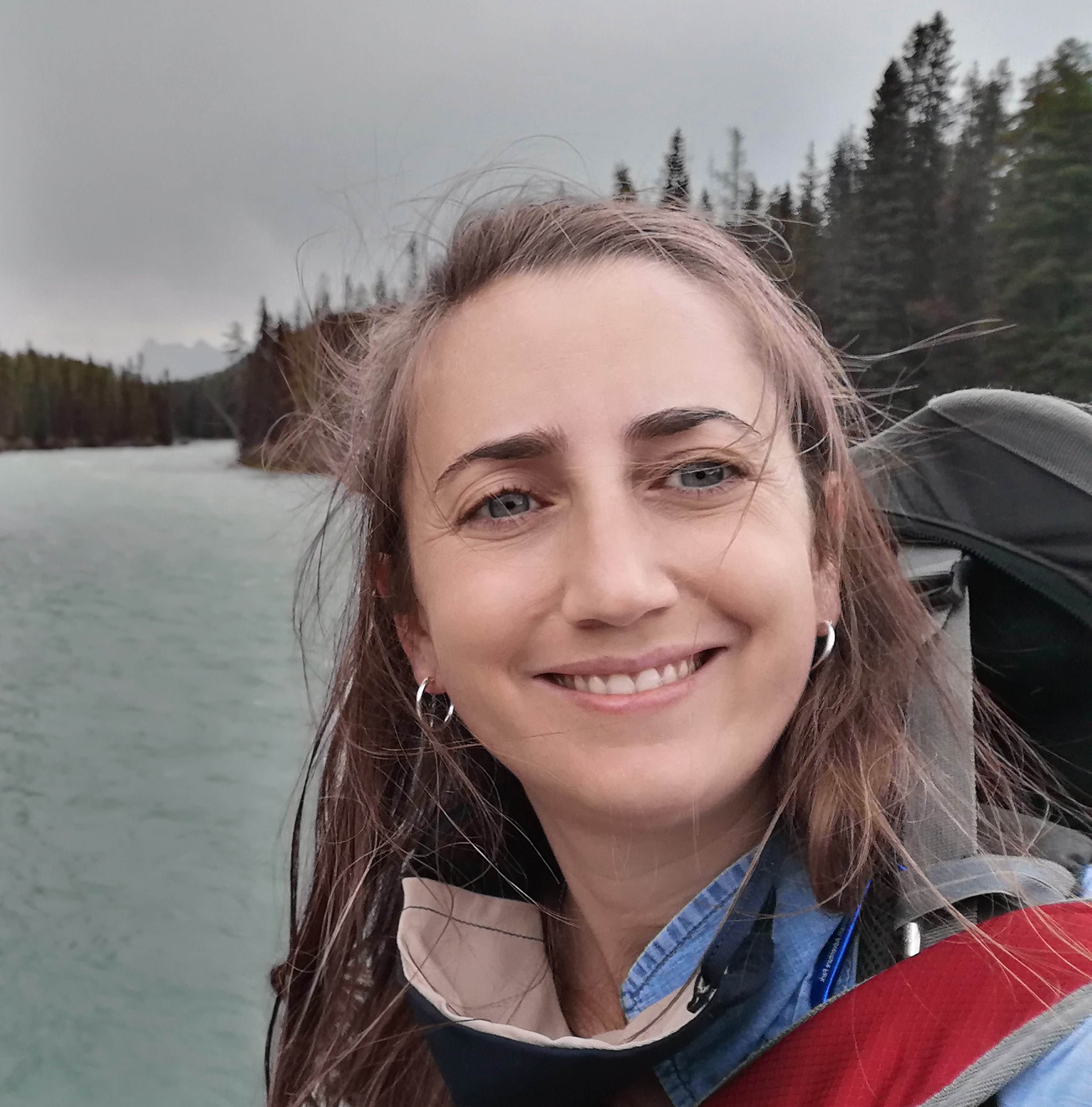Sitemap
A list of all the posts and pages found on the site. For you robots out there is an XML version available for digesting as well.
Pages
Posts
Future Blog Post
Published:
This post will show up by default. To disable scheduling of future posts, edit config.yml and set future: false.
Blog Post number 4
Published:
This is a sample blog post. Lorem ipsum I can’t remember the rest of lorem ipsum and don’t have an internet connection right now. Testing testing testing this blog post. Blog posts are cool.
Blog Post number 3
Published:
This is a sample blog post. Lorem ipsum I can’t remember the rest of lorem ipsum and don’t have an internet connection right now. Testing testing testing this blog post. Blog posts are cool.
Blog Post number 2
Published:
This is a sample blog post. Lorem ipsum I can’t remember the rest of lorem ipsum and don’t have an internet connection right now. Testing testing testing this blog post. Blog posts are cool.
Blog Post number 1
Published:
This is a sample blog post. Lorem ipsum I can’t remember the rest of lorem ipsum and don’t have an internet connection right now. Testing testing testing this blog post. Blog posts are cool.
portfolio
Sampling microplastic at Patagonian Lakes, project MappA
Dr Facundo Scordo and me sampling microplastic at Gutierrez lake (Patagonia)for the project MappA lead by Dr Belen Alfonso. MappA is a national research network for studying microplastics presence in diverse freshwater systems under comparable and up-to-date methodologies 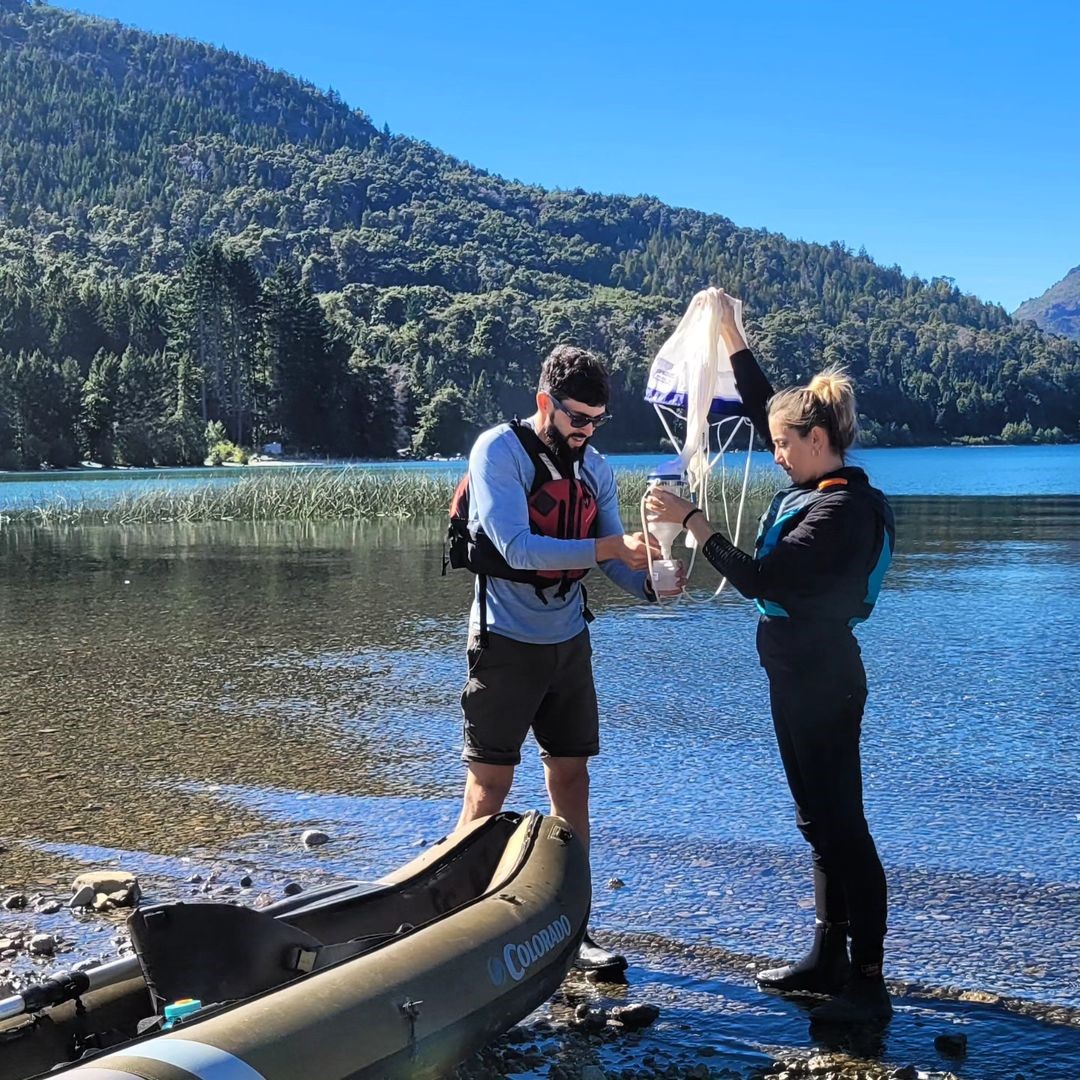
Fieldwork and results of the Invasive Quagga Mussel Survival Test for Pyramid Lake project
co-PI, the project was funded by The Pyramid Lake Fisheries $178k 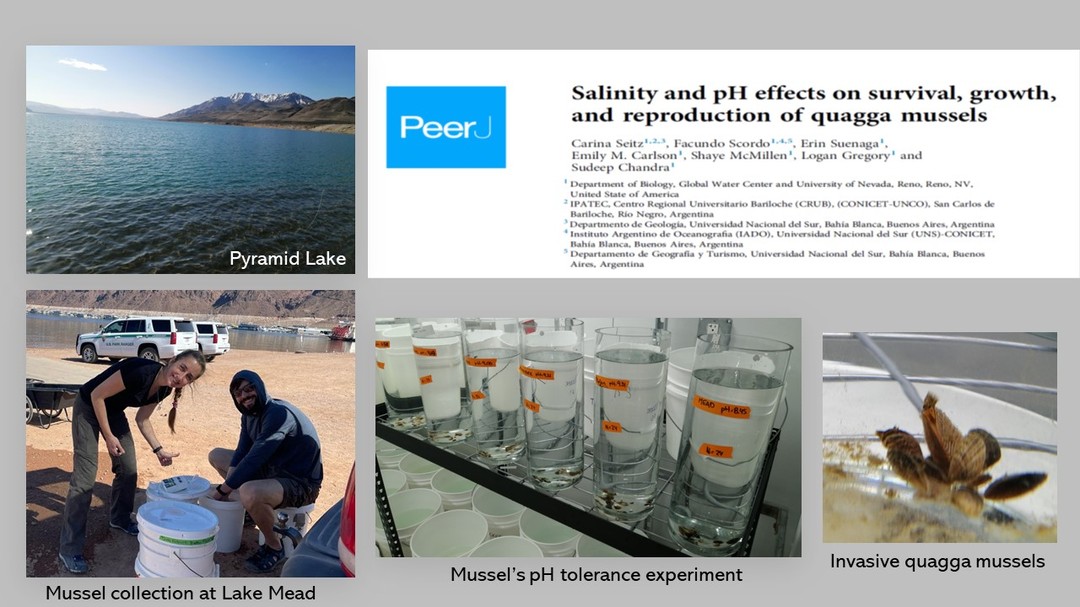
Fieldwork at Lake Tahoe
Project lead, “Impacts of Smoke-Ash from the 2021 Wildfires to the Ecology of Lake Tahoe” funded by Tahoe Science Advisory Council 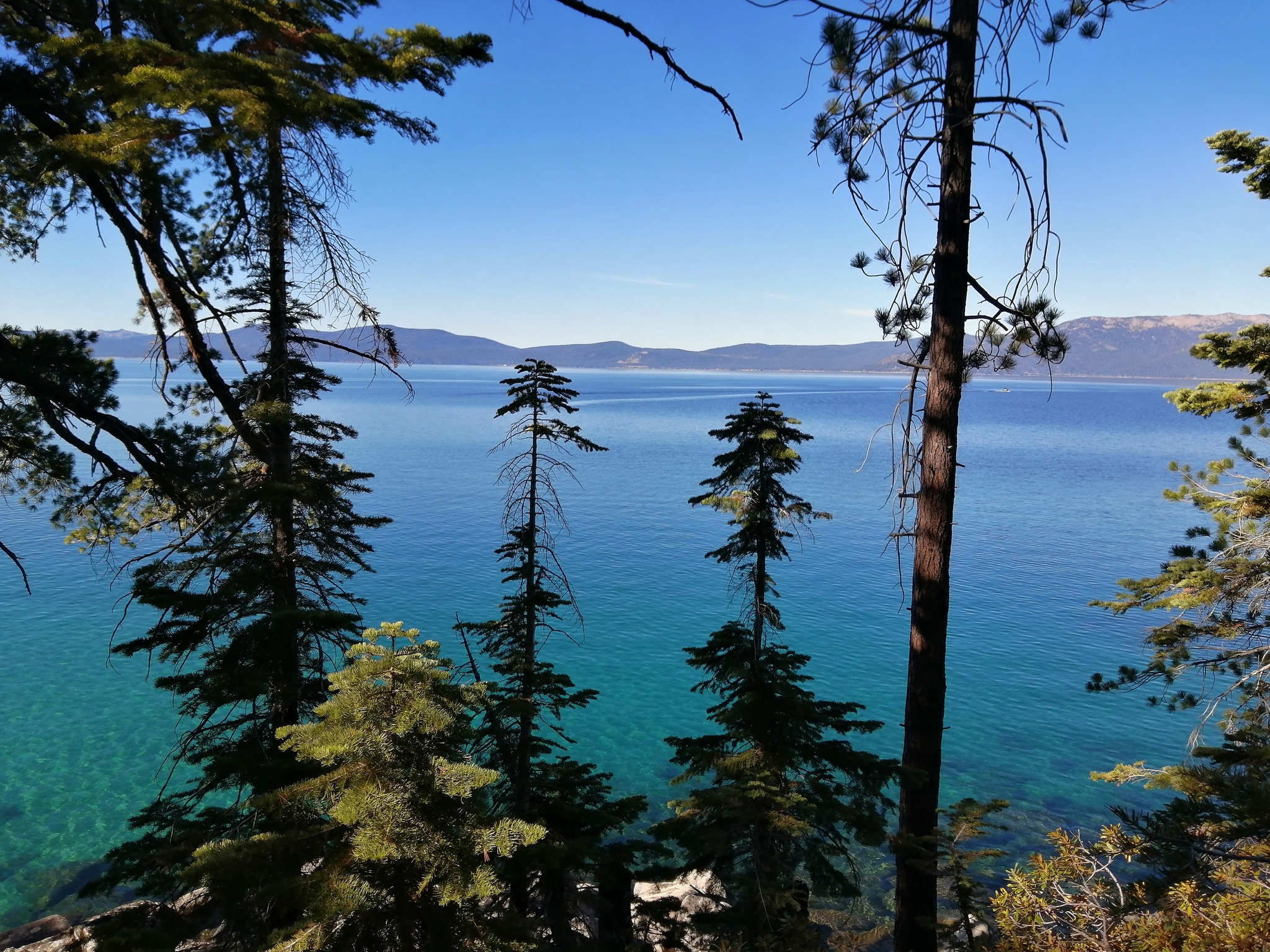
Fieldwork and experiments at Crater Lake
We found that invasive crayfish (introduced at the beginning of the century) are deteriorating the coastal environment of the clearest lake in the world (Crater Lake, Oregon, USA). An environmental tragedy, which demonstrates the importance of evaluating environmental impacts before making changes to ecosystems. 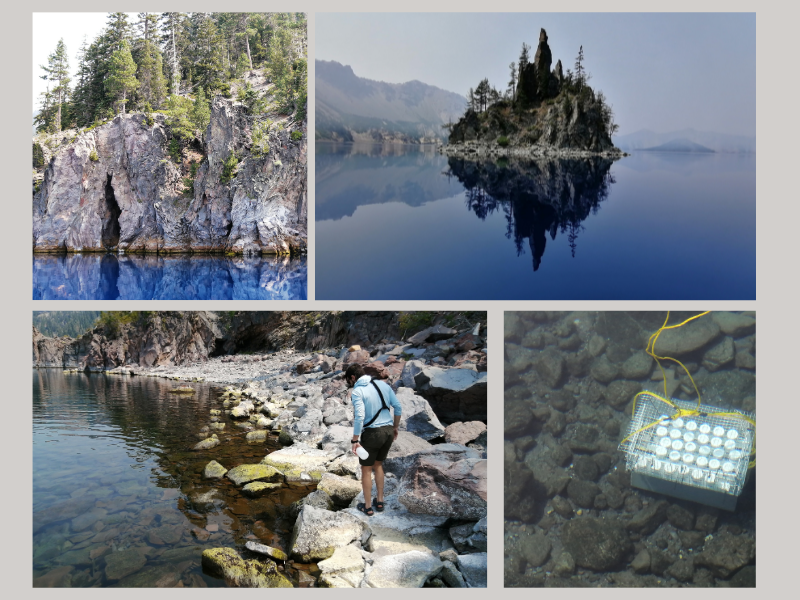
publications
Is collaborative management always possible? The case of Sauce Grande River Basin, Argentina
Published in International Journal of River Basin Management , 2018
Given the practical and theoretical relevance that stakeholders’ participation has achieved in the frame of new approaches for watershed management, this paper aims to identify the possibility of implementing a collaborative strategy in the particular case of the Sauce Grande River Basin (SGRB), Argentina.
Recommended citation: Zilio M., Seitz C. et al (2018). "Is collaborative management always possible? The case of Sauce Grande River Basin, Argentina." International Journal of River Basin Management . 1(3).
Download Paper
Paleoenvironmental Reconstructions Improve Ecosystem Services Risk Assessment: Case Studies From Two Coastal Lagoons In South America
Published in Water, 2018
We propose that the long-term history of the ecosystem provides valuable information that augments and strengthens an ES risk assessment and that it should be considered routinely when undertaking risk assessments. We adjusted a standard ecosystem-based risk management (EBRM) protocol to include paleoenvironmental data, and tested the modified approach on two coastal lagoons in South America
Recommended citation: Velez M.,..., Seitz C. et al (2018). " Paleoenvironmental Reconstructions Improve Ecosystem Services Risk Assessment: Case Studies From Two Coastal Lagoons In South America." Water . 1(3).
Download Paper
Sea level changes and paleoenvironmental responses in a coastal Florida salt marsh over the last three centuries
Published in Journal of paleolimnology, 2023
We explored the effects of Late Holocene sea-level variations in the Suwannee River Estuary within the Big Bend region of Florida (USA).
Recommended citation: _Seitz, C._ (2023). " Sea level changes and paleoenvironmental responses in a coastal Florida salt marsh over the last three centuries." Journal of Paleolimnology . 69.
Download Paper
Characterization of algal community composition and structure from the nearshore environment, Lake Tahoe (United States)
Published in Front. Ecol. Evol.Sec. Paleoecology, 2023
A voucher flora, complete with descriptions, photo-documentation and referencing to species concepts employed, was created as a method of providing reproducible identification and enumeration of algal species, and more seamless reconciliation of detailed taxonomic data with future monitoring projects.
Recommended citation: Noble P., _Seitz C._(2023). "Characterization of algal community composition and structure from the nearshore environment, Lake Tahoe (United States)." Front. Ecol. Evol.Sec. Paleoecology. 10.
Download Paper
Human impact changes hydrological connectivity in a Patagonian fluvial basin
Published in Journal of Hydrology: Regional Studies, 2023
We analyzed the interannual fluctuation in the surface area of Cronómetro Lake (January 2000 to January 2021). We also studied the periods of humidity and drought and the anthropogenic activities in the lake basin to understand their impact on water availability within the basin.
Recommended citation: Scordo F., _Seitz C._, et al.(2023). " Human impact changes hydrological connectivity in a Patagonian fluvial basin." Journal of Hydrology: Regional Studies. 45.
Download Paper
Habitat-specific metabolism and nutrient limitation within an oligotrophic Patagonian Lake
Published in Hydrobiologia, 2024
We used submerged high frequency sensors that measure light, temperature, and dissolved oxygen and wind data to calculate GPP and R in both lake habitats. In addition, we carry out nutrient enrichment bioassays with nitrate, ammonium, and phosphate to determine which nutrient(s) limit algal growth in each lake habitat
Recommended citation: Scordo F., Seitz C. et al (2024). "Paper Title Number 3." Hydrobiologia . 1(3).
Download Paper
talks
UNDERSTANDING THE ORIGIN AND EVOLUTION OF PAMPEAN SHALLOW LAKES THROUGH PROCESS GEOMORPHOLOGY
Published:
Abstract: More than 13,000 shallow lakes reside today in the Pampean Region of Argentina. Besides their importance for the agricultural and economic sustainability of this region, there is limited knowledge about their origin and evolution and, in particular, about their fate as they face climate change. In this work, we reconstruct the origin and history four shallow Pampeman lakes, namely Puan, Los Chilenos, Sauce Grande, and La Salada based on process geomorphology being them examples of a large percentage of the shallow lakes present in the region. Results indicate that landscape evolution and basin formation in the Pampean Region have been strongly controlled by neotectonism in the Late Pleistocene, and Holocene climate variability. The basins where the lakes are located were formed by deflation in the case of Puan and La Salada, by fluvial, tectonic and eolian processes in Los Chilenos, and by fluvial, eolian, and coastal processes in Sauce Grande. After 1000 yr before present, these basins were filled with water resulting from climate amelioration. This study indicates that the hydrology of the Pampean Region is highly sensitive to changes in precipitation and wind erosion, and that future scenarios of increased erosion by wind and water can modify the hydrologic connectivity and, therefore, the resilience of the lakes located in this region.
Statistics applied to paleoecology with R
Published:
Paleolimnology
Published:
Guest lecture on Paleolimnology in the limnology class of Prof. Sudeep Chandra
teaching
Teaching Assistant
Undergraduate course in Biology and Geology, Universidad Nacional del Sur, Departament of Geology, 2014
Teaching Assistant
Undergraduate course in Biology and Civil engineering, CRUB-Universidad Nacional del Comahue, Department of Geology and Petroleum, 2023
